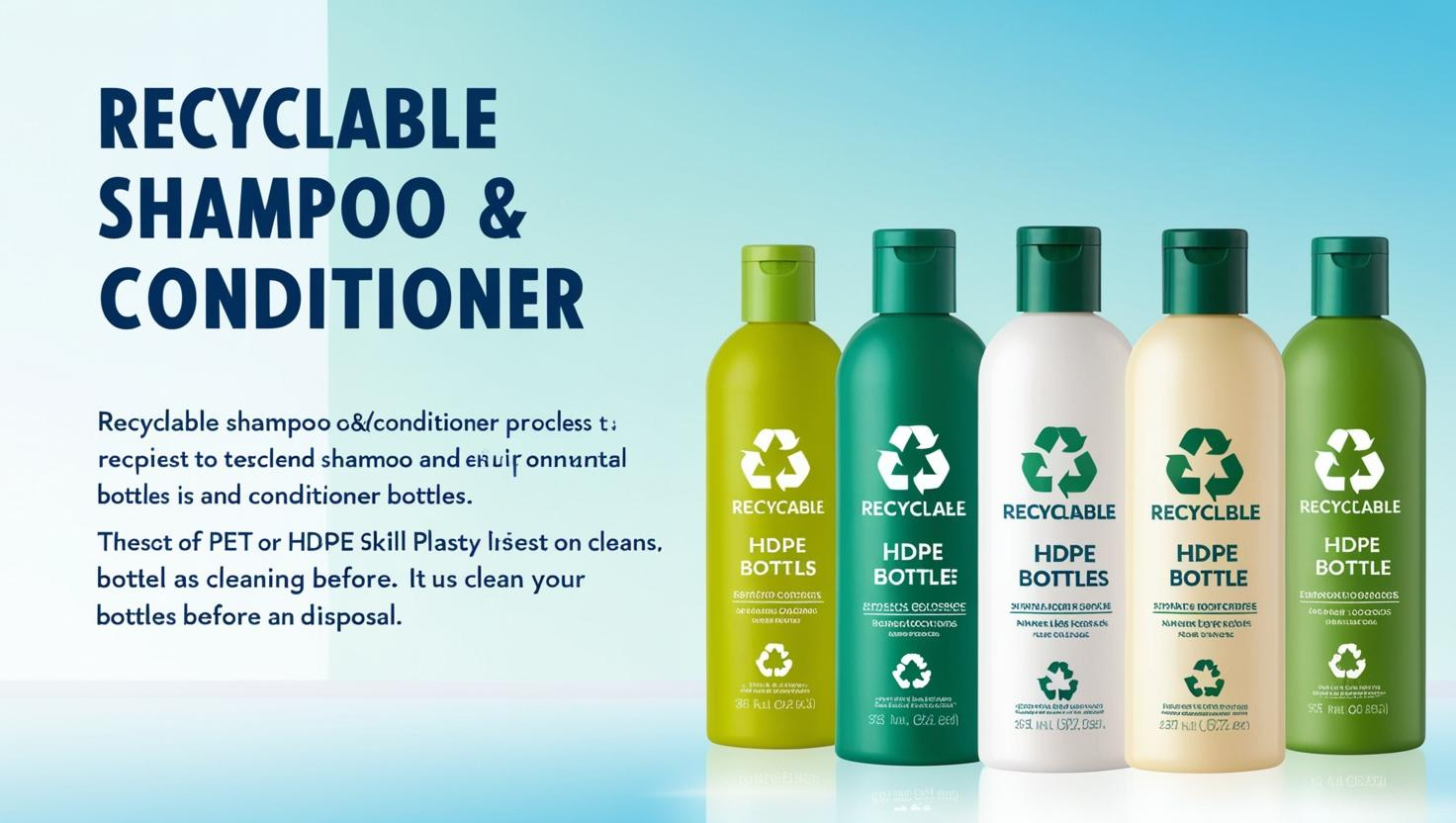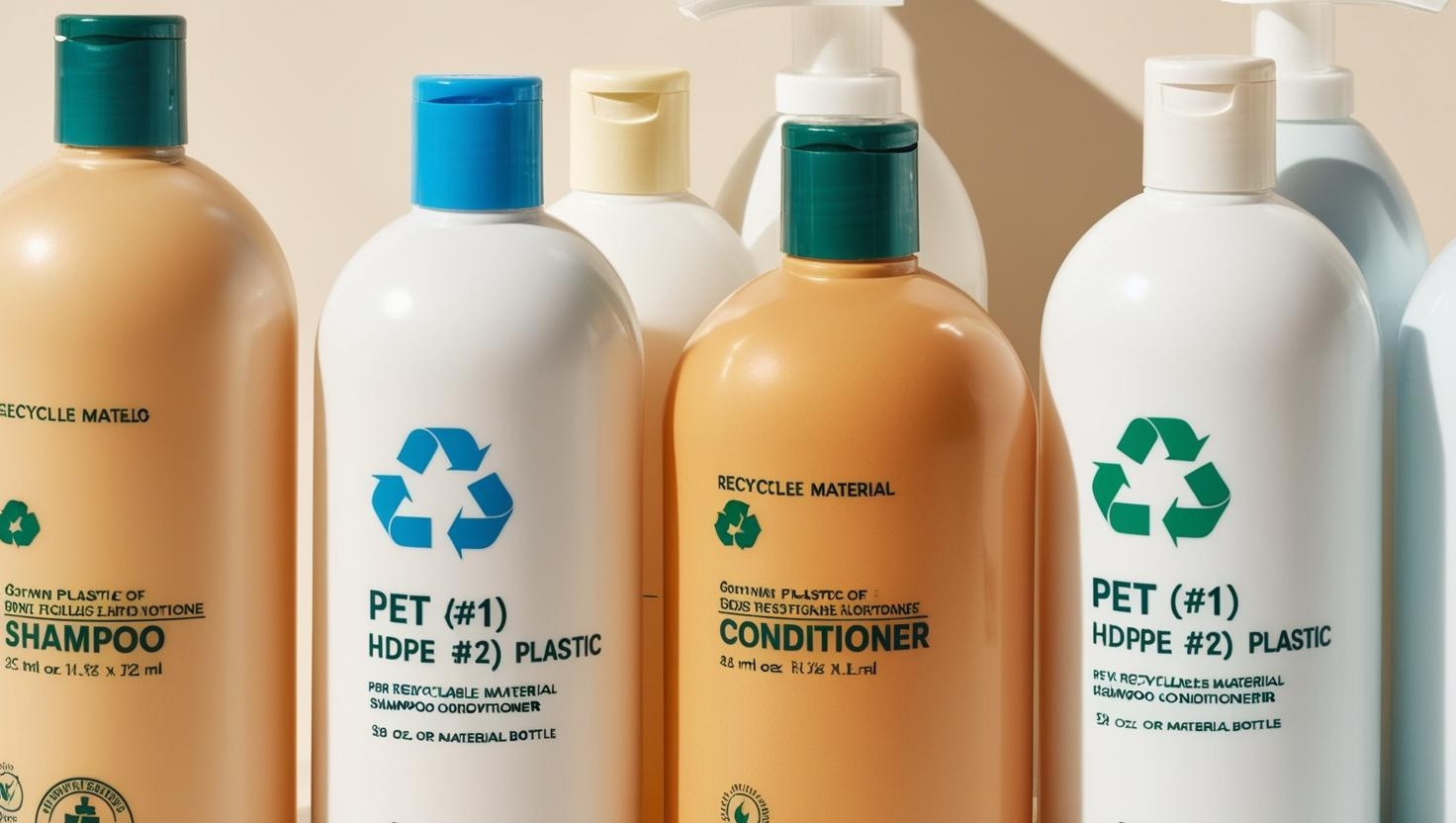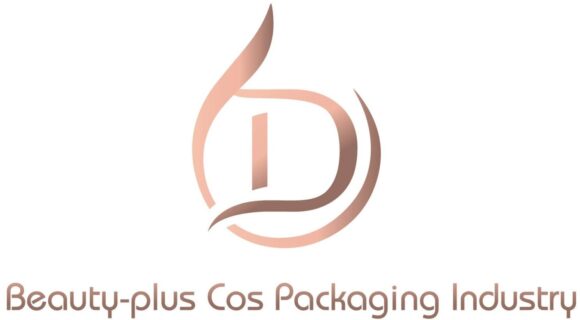
Most people throw away empty shampoo and conditioner bottles without thinking twice. But what if I told you they could be recycled? Understanding the process can make a big difference.
Yes, most shampoo and conditioner bottles1 can be recycled if they are made of recyclable plastics like PET or HDPE and are properly cleaned before disposal.
Many people don’t realize that improper disposal can lead to contamination, making recycling less effective. Let’s dive deeper into the details.
Can I Recycle Shampoo and Conditioner Bottles?
Recycling rules can be confusing, especially for bathroom products. But the good news is that most shampoo and conditioner bottles are recyclable.
Shampoo and conditioner bottles made of PET (#1) or HDPE (#2) plastic are widely accepted by recycling programs1. Ensure they are empty, rinsed, and dry before disposal.

Why Are Some Shampoo Bottles Not Accepted?
Some bottles have multiple plastic layers or mixed materials that make recycling difficult. Pumps and caps may also be non-recyclable, requiring separation before disposal.
How Can You Recycle Them Properly?
- Check the recycling symbol – Look for #1 (PET) or #2 (HDPE).
- Rinse the bottle – Leftover product can contaminate recycling batches.
- Remove the pump – Pumps often contain metal springs, making them non-recyclable.
What Types of Plastic Bottles Cannot Be Recycled?
Not all plastic bottles are created equal. Some cannot be recycled due to material composition.
Plastic bottles made of PVC (#3), PS (#6), or mixed materials2 are typically not recyclable in curbside programs.
Why Are Some Plastics Non-Recyclable?
- PVC (#3): Releases toxic chemicals when processed.
- PS (#6): Lightweight but brittle, often breaks into small pieces.
- Other/Mixed plastics (#7): Difficult to separate and process.
What Happens to Non-Recyclable Plastics?
Most end up in landfills or incineration plants, contributing to pollution. Some companies specialize in advanced recycling, but these services are not widely available.
How Can You Tell If a Plastic Bottle Is Recyclable?
With so many plastic types, identifying recyclable bottles can be confusing.
Check the recycling triangle3 on the bottom of the bottle—plastics labeled #1 (PET) and #2 (HDPE) are widely recyclable.
What Do the Recycling Numbers Mean?
| Plastic Type | Code | Recyclable? |
|---|---|---|
| PET | #1 | ✅ Yes |
| HDPE | #2 | ✅ Yes |
| PVC | #3 | ❌ No |
| LDPE | #4 | ♻️ Limited |
| PP | #5 | ♻️ Limited |
| PS | #6 | ❌ No |
| Other | #7 | ❌ No |
What Plastic Bottles Should Not Be Reused?
Reusing plastic bottles may seem like a good idea, but not all plastics are safe for repeated use.
Avoid reusing bottles made of PET (#1), PS (#6), and PVC (#3)4 as they can degrade, leach chemicals, or harbor bacteria over time.
Why Is Reusing Some Plastics Dangerous?
- PET (#1): Can break down and release harmful chemicals.
- PS (#6): Not designed for reuse and may leach toxins.
- PVC (#3): Contains hazardous additives that can leach into liquids.
Which Bottles Are Safer for Reuse?
HDPE (#2) and PP (#5) plastics are generally more durable and safer for multiple uses, but always clean them thoroughly.
Should Plastic Bottles Be Rinsed Before Recycling?
Recycling contaminated plastics can lead to entire batches being discarded. So, should you rinse them first?
Yes, plastic bottles should be rinsed5 before recycling to remove leftover product and prevent contamination.
How to Rinse Bottles Properly?
- Empty the bottle completely.
- Fill with warm water, shake, and pour it out.
- Let the bottle dry before recycling.
What Happens If Bottles Aren’t Rinsed?
Dirty bottles can contaminate recycling loads, leading to rejection. This means they could end up in landfills instead.
Conclusion
Most shampoo and conditioner bottles are recyclable, but it’s important to check their plastic type, remove non-recyclable parts, and rinse them properly. By following these simple steps, we can help reduce waste and promote a more sustainable future.
Footnotes
-
This source provides official guidelines on the recyclability of shampoo and conditioner bottles in curbside programs. ↩ ↩
-
This resource explains why some plastic bottles are not recyclable and what factors affect their disposal. ↩
-
Readers can learn how to check plastic recycling numbers and symbols to determine if a bottle is recyclable. ↩
-
This source clarifies which plastic types are safe for reuse and which should be avoided due to health risks. ↩
-
This resource confirms whether rinsing plastic bottles is necessary to prevent contamination in recycling batches. ↩

